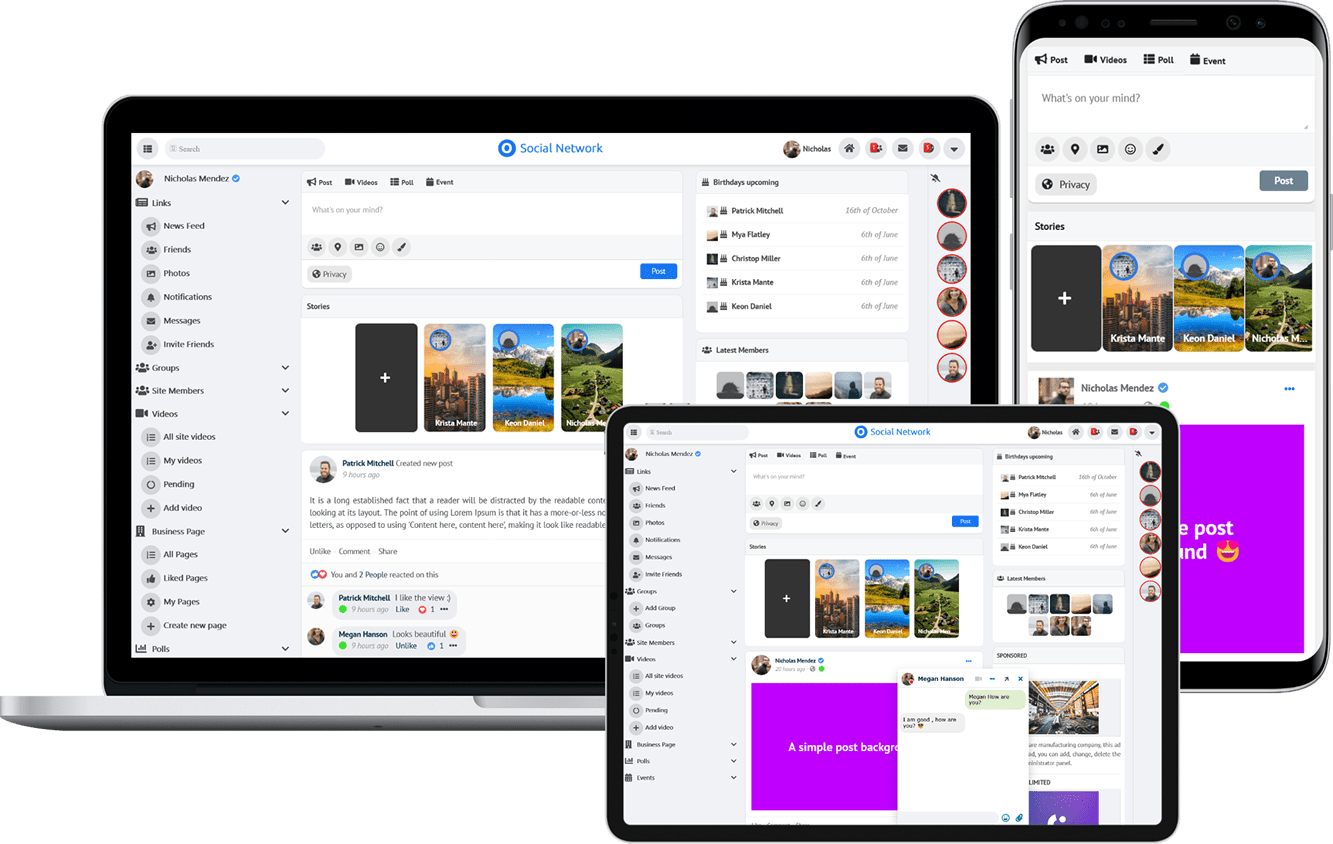 Officer Dibble
Posted in Technical Support 3 years ago
Officer Dibble
Posted in Technical Support 3 years ago
Hi everyone.
I'm a total newbie to web hosting so it would be good to be able to set this up offline and play with it first before going live. I also understand that it is best to keep an offline version of the site for dev work as well.
Can anyone please help me out with installing this in a test environment or point me to instructions on how to do so?
Do I need to install all of the prerequisites listed on the how to install page on to my laptop? I'm running linux mint 32 bit on my laptop but I have a server running OMV that is 64 bit if a 64 bit environment is required.
Any help would be greatly appreciated.
 Felix Andrea
Replied 2 months ago
Felix Andrea
Replied 2 months ago
Hi!
To set up a testing environment for web hosting, you can use XAMPP or LAMP on your Linux Mint. These are software packages that are easy to install and help you run a web server on your PC.
Install XAMPP: Download the 32-bit version from the official site and follow the installation instructions.
Install LAMP: You can install Apache, MySQL and PHP using the command in the terminal:
sudo apt update
sudo apt install apache2 mysql-server php libapache2-mod-php php-mysql
Test: After installation, you can access localhost on your browser to test.
If you want to test on a 64-bit OMV server, you can also install LAMP similarly, but make sure to check the system requirements for each software. Or follow rice purity test">https://www.opensource-socialnetwork.org/wiki/view/3994/how-to-install-ossn-on-ubuntu-1804-2004-2104-x64-using-command-linerice purity test
Good luck!
 Arsalan Shah
Replied 3 years ago
Arsalan Shah
Replied 3 years ago
please follow https://www.opensource-socialnetwork.org/wiki/view/3994/how-to-install-ossn-on-ubuntu-1804-2004-2104-x64-using-command-line
Regarding the article I will update it. You need fo make sure in your apache vhost config you allowed the use of . htaccess.
Please follow apache forum for that or follow above link for auto setup.
 Officer Dibble
Replied 3 years ago
Officer Dibble
Replied 3 years ago
Hi, Michieal.
Thanks for the advise but unfortunately I fell at the first with this as there is no vmware for linux 32 bit.
I have pressed on with setting up my own apache server on the laptop and all has gone well so far. I'm only stuck on the this one error that I get when trying to install ossn: MOD_REWRITE REQUIRED
I found this:
but I do not have the httpd.conf file anywhere on my system so should I create it and if so where?
I also have no .htaccess file either so the same question applies.
Thanks again.
 Michieal ~ Coder ~
Replied 3 years ago
Michieal ~ Coder ~
Replied 3 years ago
There's a VMWare VM install of Ossn 6.1 standard. I would use that. It's so that you can test it out and see what the system can do. And, handily, it makes for a good development test machine, so that you are not screwing up a production site.
if you click the OPENSOURCE Social Network image/link at the top of this page, it'll take you to the main page. Click Download, and it'll pop up with two choices; choose the Virtual Machine image.
You'll need VMWare Player to use it, but it's a simple and easy install. VMWare will modify some of the core Linux files the first time it is ran, and it requires that you turn on Virtualization in your Bios. (Which is oddly not defaulted to on in most BIOSes.)
(I've gone through this on my Linux Ubuntu machine...)
But, once you have WMWare Player up and running, open the downloaded vm image and start it. Choose "I copied it" and it'll pop up and run. I personally installed a gui onto it so that it was easier to use and see things within it.
The Download link does take you to a page that has instructions on how to get it up and running. And, if you do decide to system upgrade the ubuntu image, don't take it past Hirsute as if you do you will break the system.
Also a fun fact: you can make copies of the VM, so that you can have "plain", "dev", "preproduction" machines to test things at every stage. (I highly recommend having a "plain" ie, untouched version to make sure that errors in the dev vm is not from the base components, and to help troubleshoot your component development.)
Due to the many requests in the past for additonal features and components we have decided to develope a premium version. Features like Hashtags, Videos, Polls, Events, Stories, Link Preview, etc included in it.
 $199 (Life Time)
$199 (Life Time)